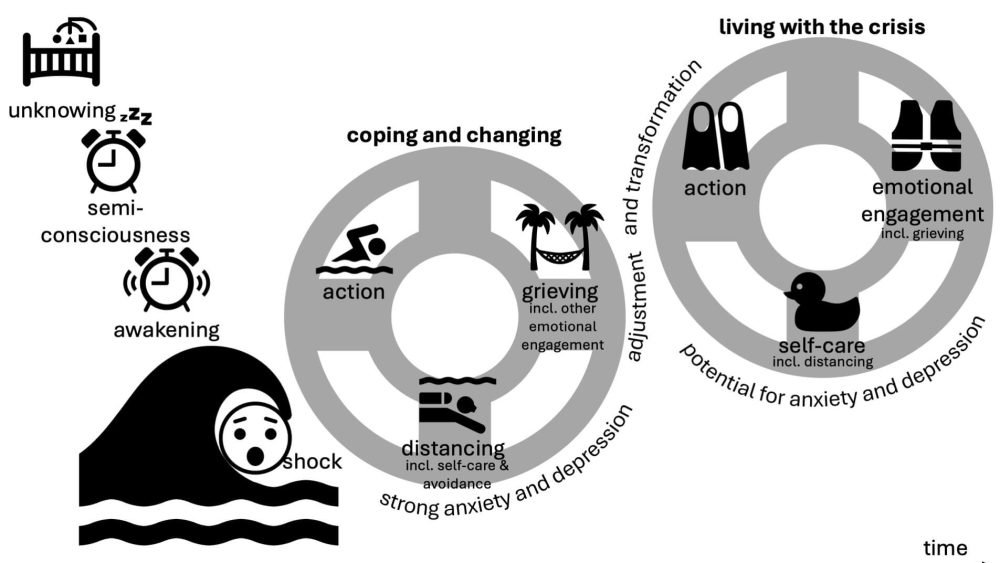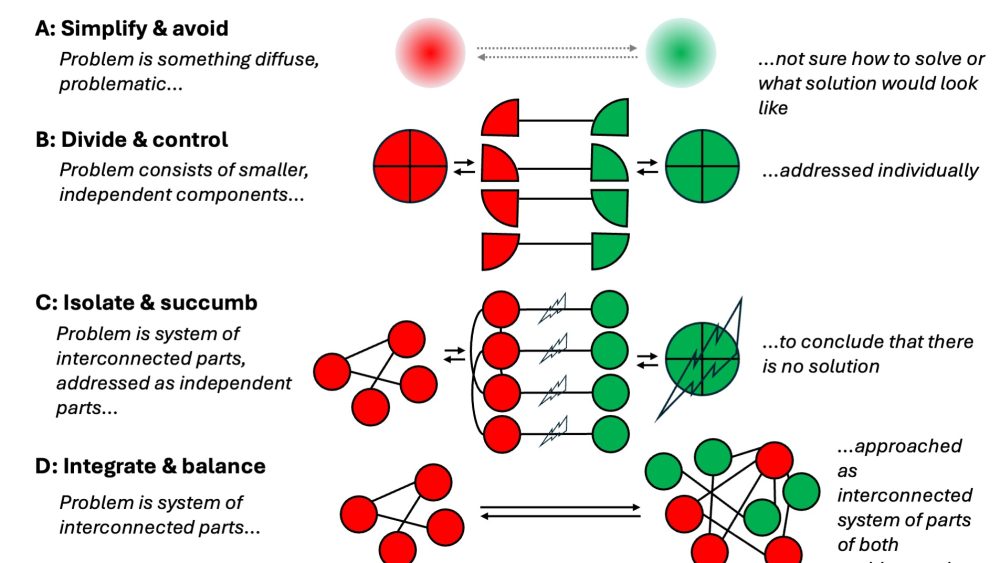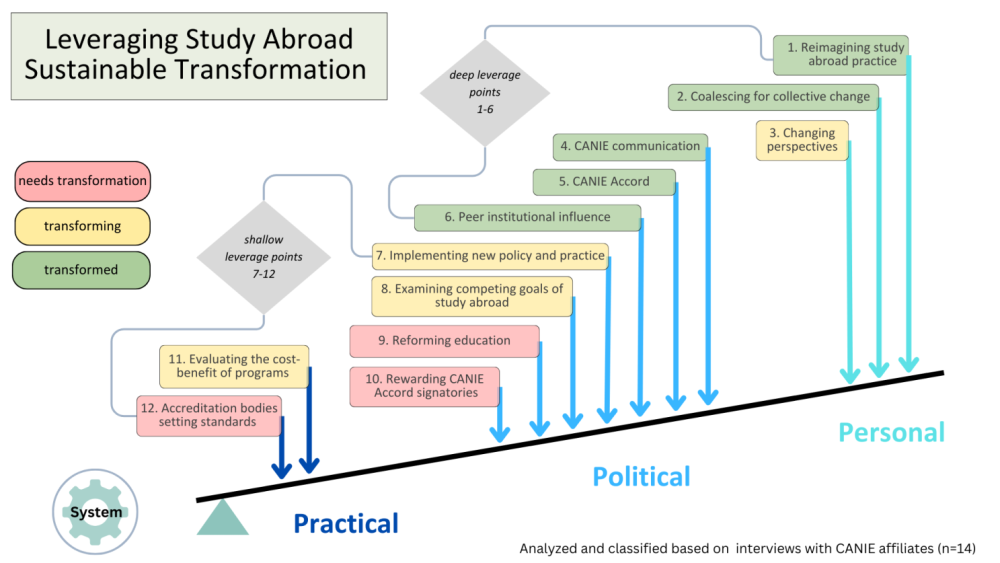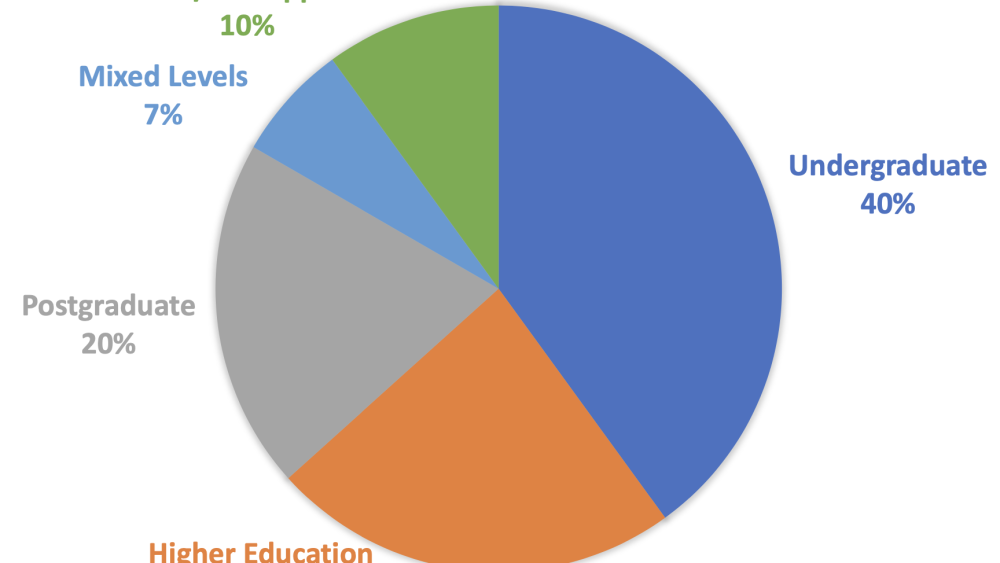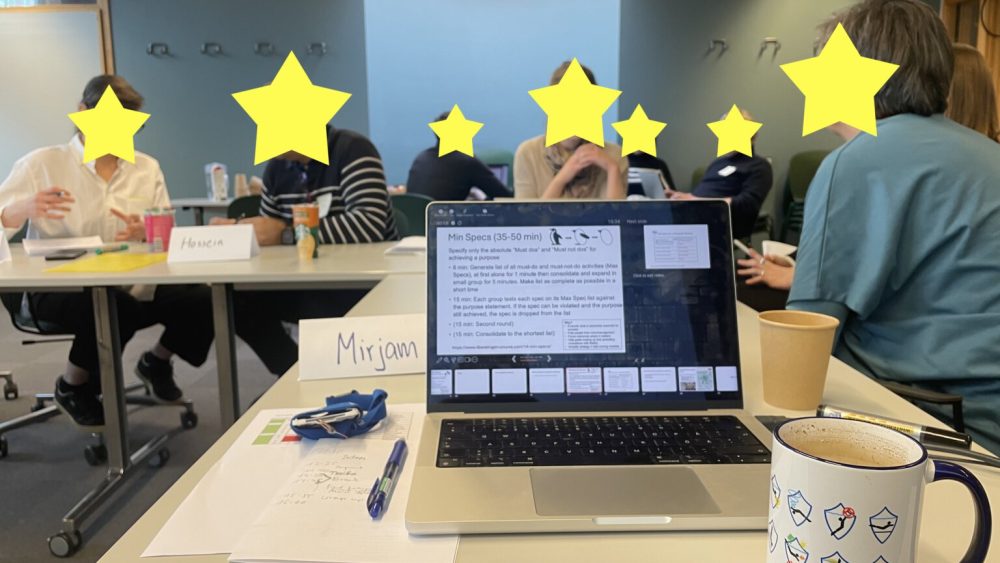Where do we even start when we are thinking about including discussions related to sustainability in courses that are not explicitly about sustainability? Structural engineers Ivar and Jonas share their own approach, discuss some literature-based recommendations, and invite us into conversation!


